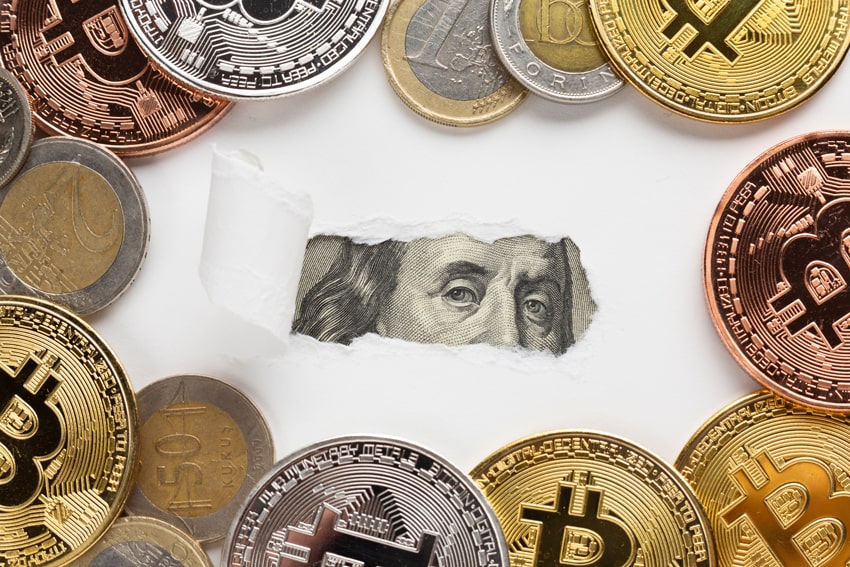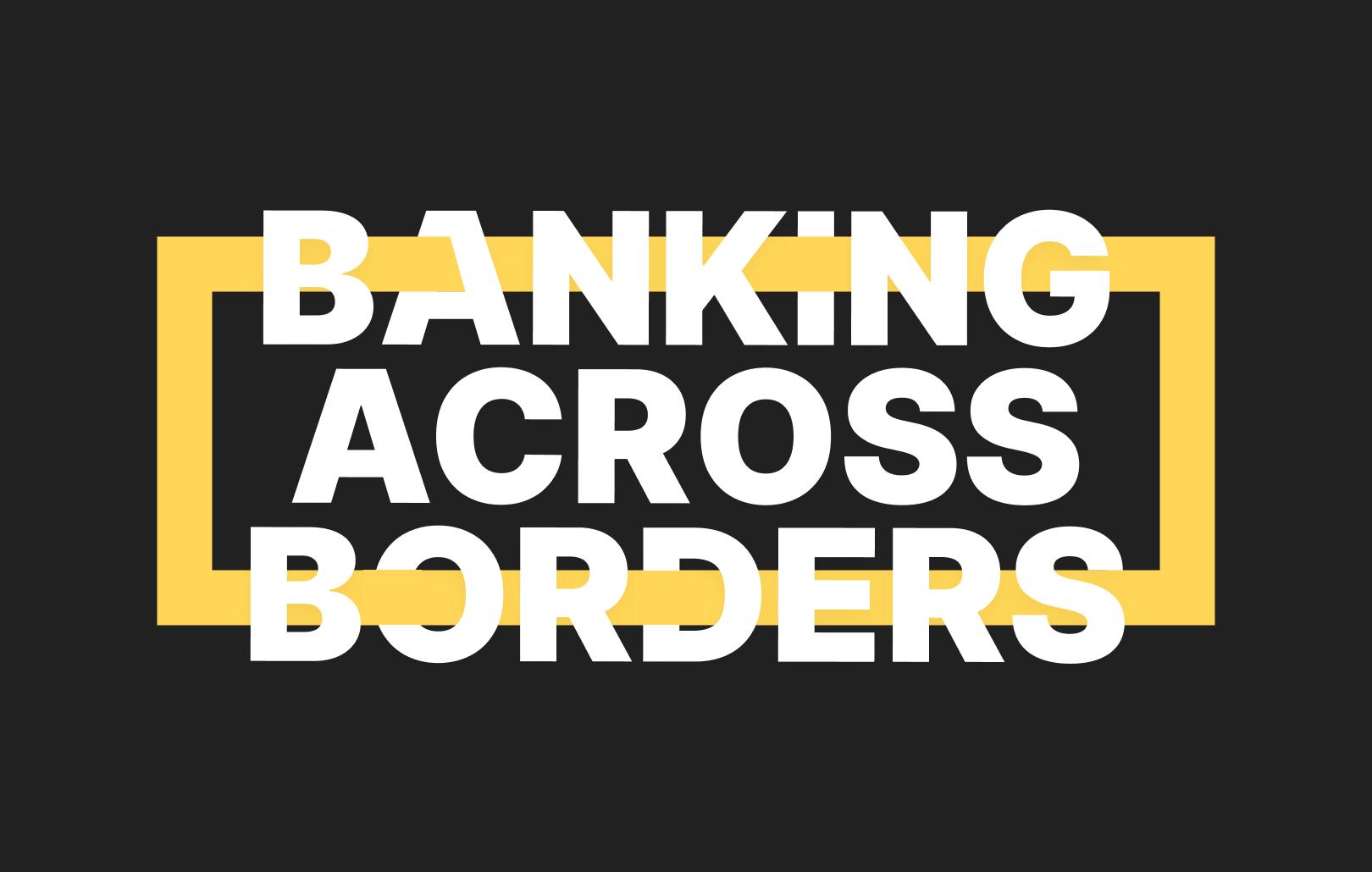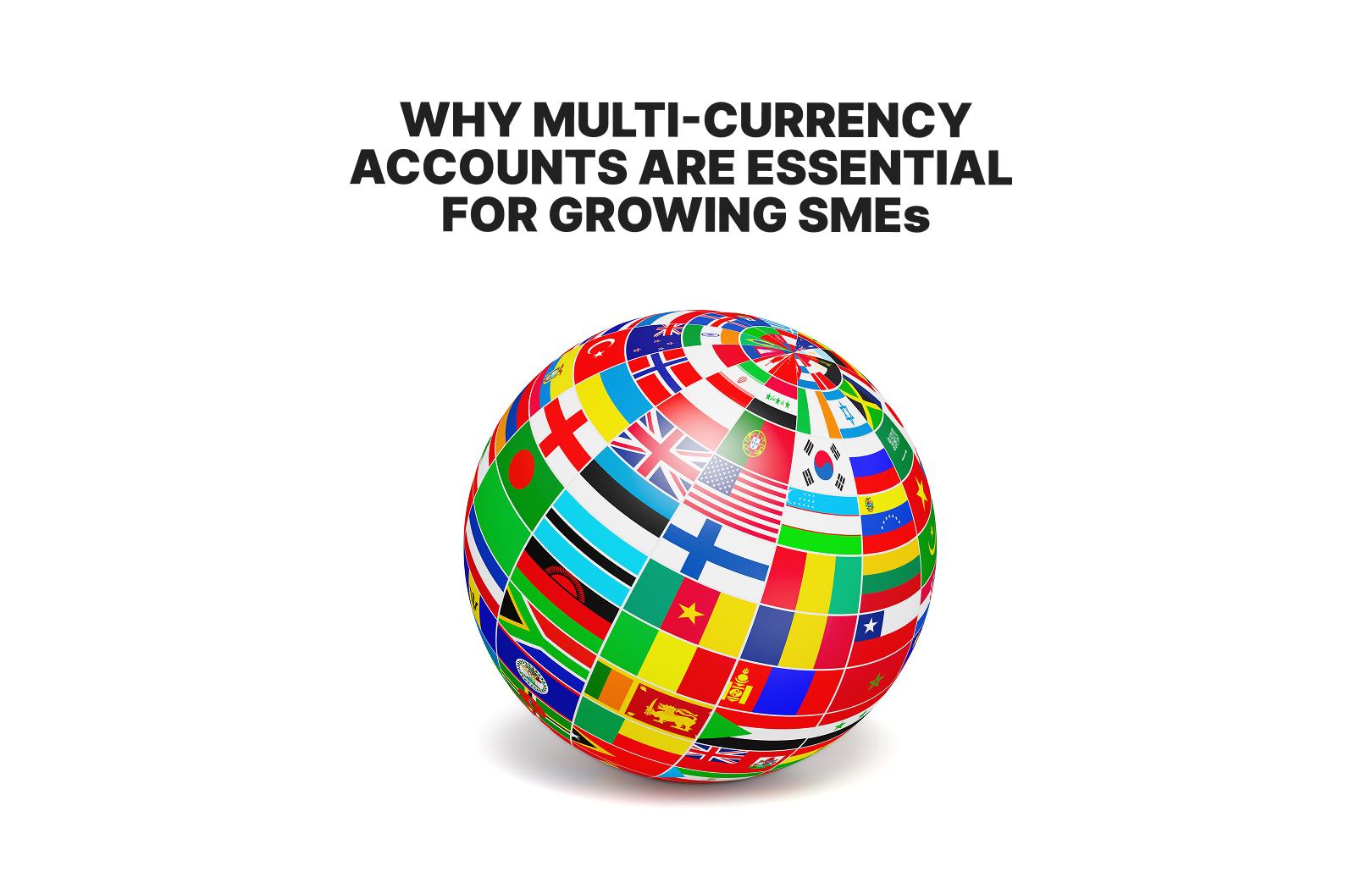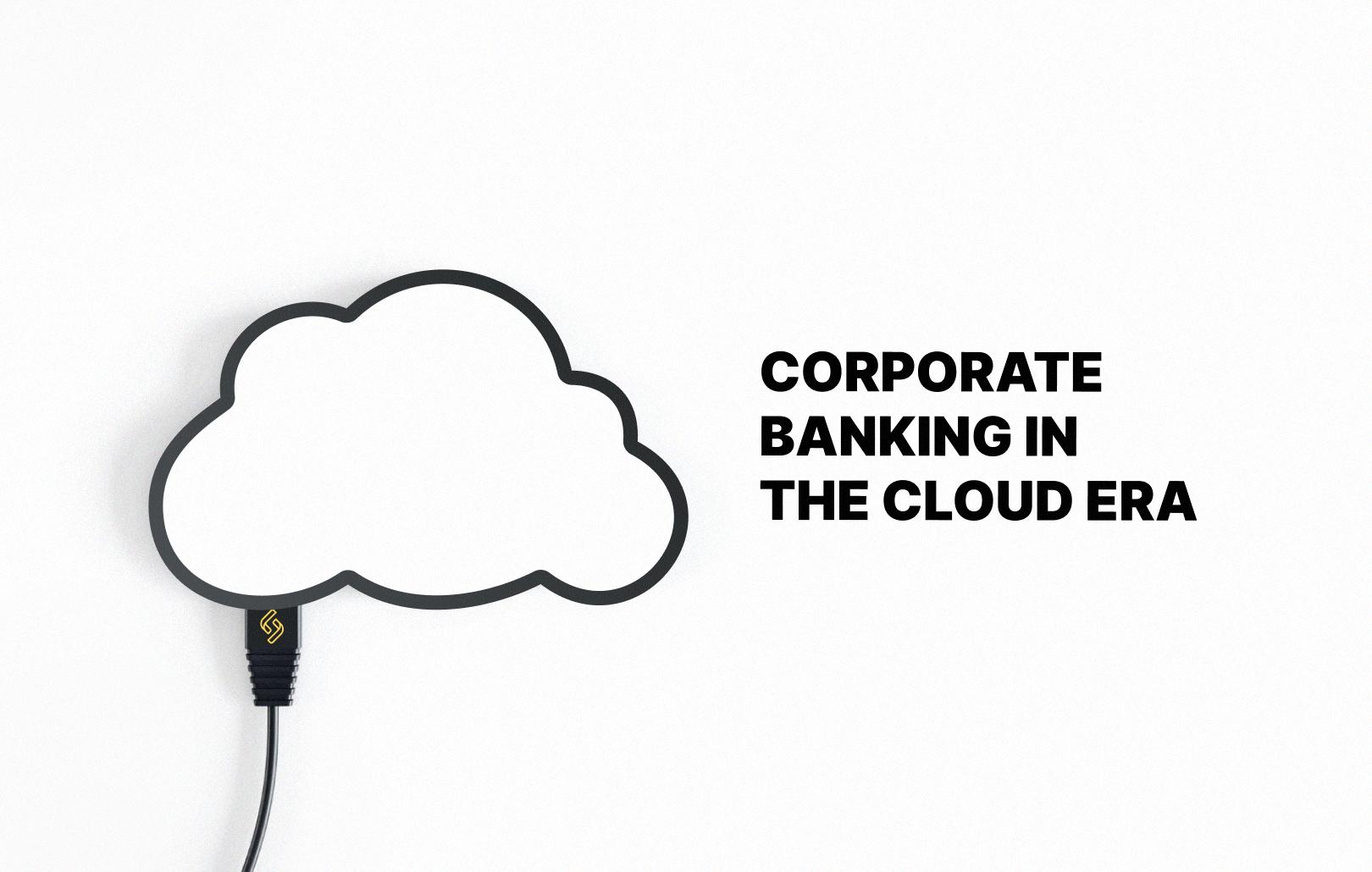From cash to crypto: is physical money becoming obsolete?

Decline of physical cash
With the world becoming increasingly digital, the way we handle money is evolving as we speak. Physical cash, once the cornerstone of everyday transactions, is gradually being overshadowed by digital currencies and other electronic forms of payment. From credit cards and mobile wallets to cryptocurrencies like Bitcoin and Ethereum, the convenience and security offered by these digital alternatives are prompting consumers and businesses to rethink their reliance on traditional cash.
With central banks across the globe exploring digital currencies of their own, many are beginning to question whether cash could soon become a memory of the past. As an illustration, China’s Digital Yuan has been rolled out in 29 cities, with millions of citizens using it in everyday transactions.
Rise of digital payments
The shift towards digital payments has been driven by a combination of technological advancements and changing consumer preferences. Mobile payment apps such as Apple Pay, Google Wallet, and various regional platforms have gained significant traction, particularly among younger generations who value speed and convenience. For instance, Swedish mobile app Swish has over 8 million users out of ~10 million country’s population.
In addition, the COVID-19 pandemic accelerated the decline in cash usage, as contactless payments became a preferred method to minimize physical contact. According to a 2020 study by the USA Federal Reserve, the use of cash in transactions under $10 decreased significantly during the pandemic, as people turned to safer and more hygienic payment options. Overall, ATMs are declining globally.
Cryptocurrencies: next frontier
Cryptocurrencies represent the latest evolution in the digital payment landscape, offering a decentralized alternative to government-issued currencies. Bitcoin, the first cryptocurrency, was launched in 2009, and as of 2024, the global cryptocurrency market cap is over $2 trillion. While still in the early stages of adoption, cryptocurrencies have gained substantial popularity as both an investment vehicle and a method of payment. Their appeal lies in their potential to provide a secure, fast, and low-cost means of transferring value globally without the need for traditional financial intermediaries. This has spurred interest from both retail investors and institutions, leading to increased mainstream acceptance and the development of regulatory frameworks in various jurisdictions.
Future of money
Despite the rapid adoption of digital and crypto payments, physical money is unlikely to disappear entirely in the near future. Cash remains a vital part of the economy for many people worldwide, especially in regions with limited access to digital infrastructure or those who prefer the anonymity and tangibility that cash provides. Additionally, there are still concerns regarding the volatility and security of cryptocurrencies, which may hinder their broader adoption. However, as technology continues to advance and digital currencies become more integrated into the financial system, the role of cash is poised to diminish, signaling a significant shift in the way we understand and use money.








